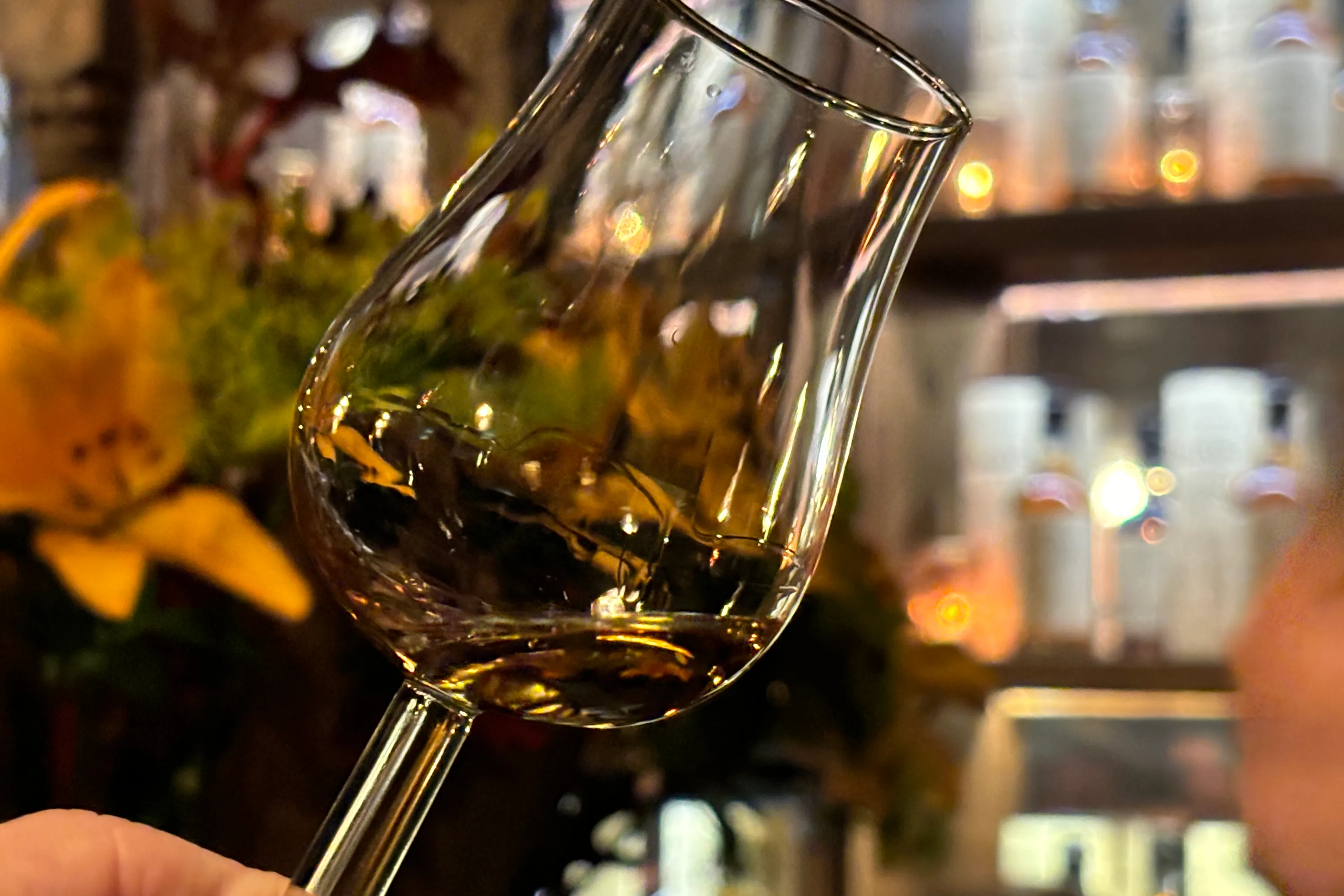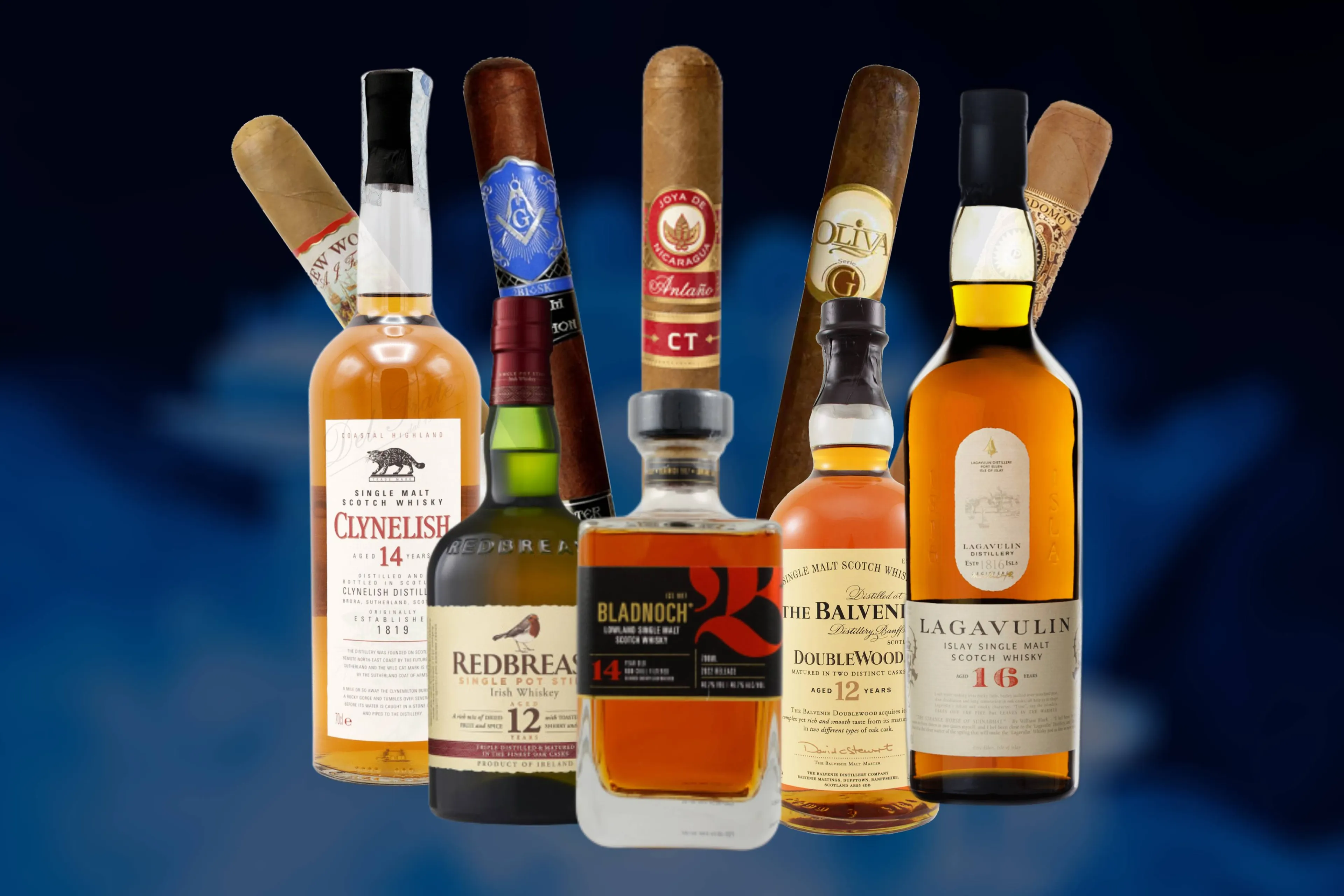Most People Don’t Know What ABV Really Means — But It Changes Everything About Whisky
SectionsSunday, 02 November 2025 at 15:04
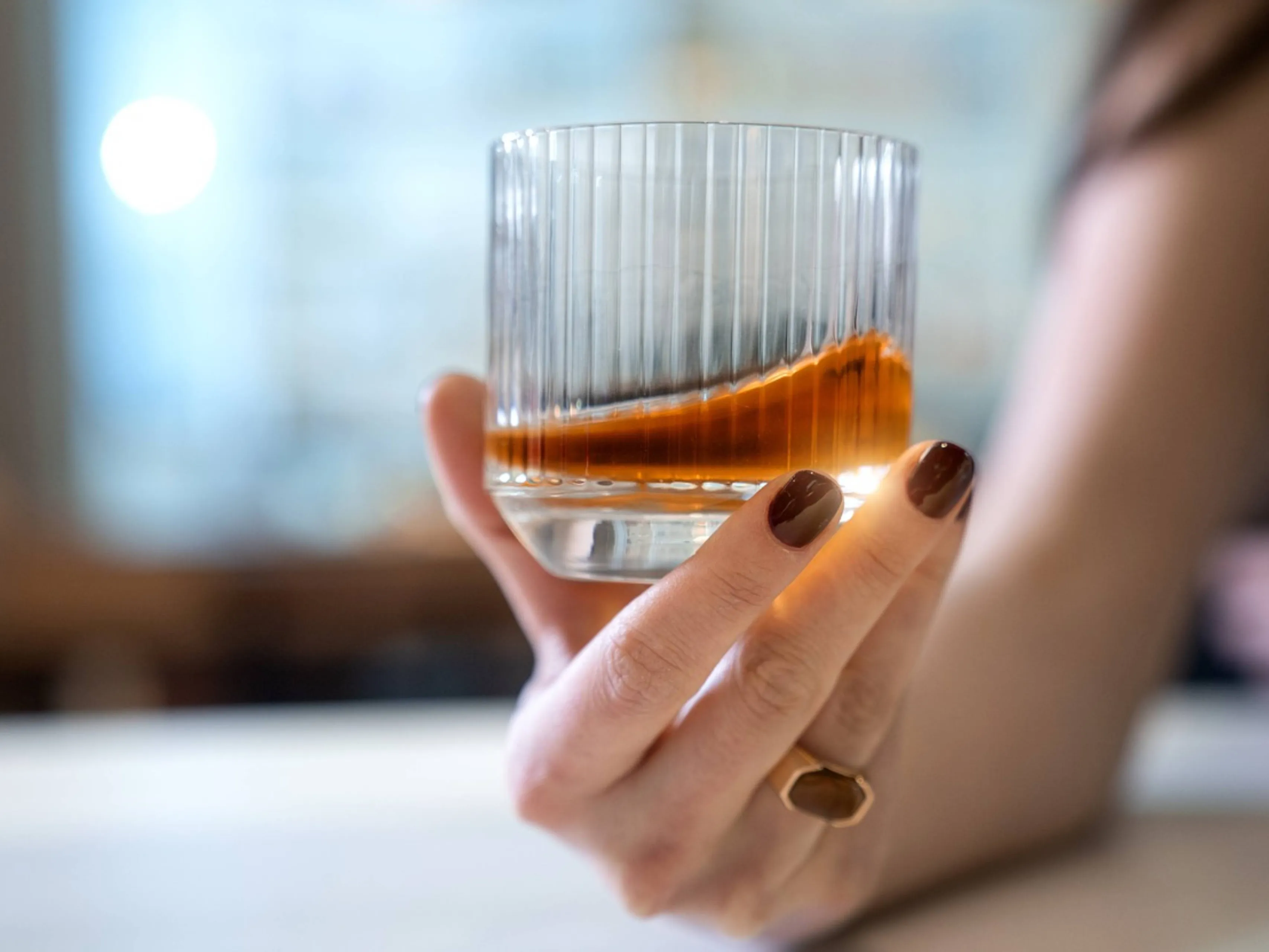
As a whisky lover, you see it on every label: a percentage followed by the abbreviation ABV. But what does it actually mean, and why does it matter?
FAQ
- What does ABV mean in whisky?
ABV stands for Alcohol By Volume — the percentage of alcohol in the whisky.
- What is the typical ABV for whisky?
Most whiskies sit between 40% and 46% ABV, while cask strength bottles often come in above 50%.
- Does a higher ABV affect the flavor?
Yes, higher ABV often delivers more intense flavors and aromas, but it can be a bit sharp without a few drops of water.
What does the abbreviation ABV stand for?
ABV stands for Alcohol by Volume. It’s the percentage of pure alcohol in a drink, measured against the total liquid volume. So if you have a bottle of whisky labeled 46% ABV, that means 46% of its contents is alcohol.
The rest is water and possibly E150 caramel coloring. ABV is the international standard for indicating strength, so whisky drinkers around the world immediately know what they’re pouring. That said, the term isn’t used everywhere.
ABV and Proof
In the United States, a different system is used: Proof. It grew out of history and is straightforward. To convert ABV to Proof, you simply double the percentage. A whisky at 50% ABV is therefore 100 Proof. The other way around, divide Proof by two to find the ABV. While the Proof scale is common in America, Scotch, Irish, and Japanese whiskies almost always use ABV.
For whisky drinkers, knowing the ABV is more than a technical detail. It speaks to the character, the power, and sometimes even the origin of the whisky. Whether you prefer a smooth 40% blend or a powerhouse single malt at cask strength, the number on the label helps you pick exactly what suits your palate.
ABV and flavor
ABV influences more than just strength—it shapes the way a whisky tastes.
Whisky with a lower ABV (around 40%, for instance) is often softer and more approachable, while higher-ABV bottlings—like cask strength at 55% or more—tend to carry more intense aromas. That usually comes with extra punch and often more complexity.
Some enthusiasts add a few drops of water to open up the aromas. It not only stretches your dram a little further, but also turns your glass into a drink that subtly “changes” with every drop you add.
Now that you’ve read this, you’ll want to check the ABV every time.
Want more of our How to whisky guides? Take a look at our overview.
Read also
loading
POPULAR NEWS

This Brand-New Whisky Distillery Was In Serious Trouble and No One Noticed

Top 10 Speyside Whiskies to Buy Now or Gift Someone
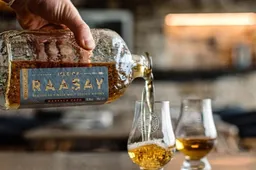
These are the Best Whiskies of 2026, According to the World Whiskies Awards
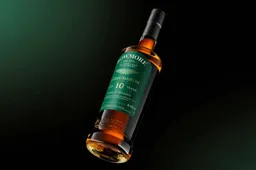
Why Aston Martin Is Suddenly Easing Off the Whisky and Betting Big on Tom Holland
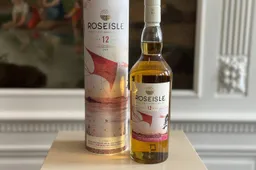
Diageo pauses malt production at a major whisky distillery

The 10 Best Whiskies for Beginners to Buy
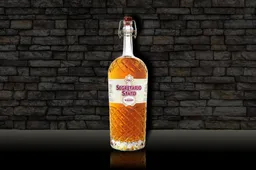
The 7 Best Whiskies from Northern Italy, All in One Place

The 5 Best Indian Whiskies At a Glance

Black Art Whisky is Back, but With a Mysterious Twist
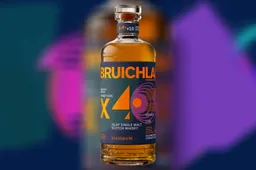
Bruichladdich Reveals 'World Premier' in Whisky
LATEST COMMENTS
- Hi Yvonne, Thank you for your response and for sharing the video. Unfortunately, the evidence you referred to consists only of two people talking about the whisky, without any explanation or identification. We have not spoken to the individuals in the video ourselves, nor can we verify who they are. We describe it as a Chinese whisky because it is released by a Chinese distillery. As you mentioned, the distillery has chosen to label the product as “pure malt” instead of “Chinese whisky.” Based on that, we do not believe they are doing anything illegal.M0nkey16-11-2025
- So - you have the proof......where's your write up?Yvonne16-11-2025
- You are absolutely right. Luckily that doesn't matter for the taste of the whisky. Have you tried it yet?M0nkey05-11-2025
- Guess what? Finland is not part of Scandinavia.Gray105-11-2025
- Throw in the towel? You mean restructure to compete and win in a challenging industry environment.WestwardFounder21-10-2025
- There is nothing legally to prevent the English whisky GI from coming into force, it complies with all the relevant laws and the single malt definition follows the precedent of Welsh whisky and US whiskyChefBear15-10-2025
- Three emails sent (two with videos, linked to a Google Drive Share). 1. The original video. 2. The video with subtitles as it was shared on YouTube 3. Screen grab of the YouTube channel where the video was blocked due to Pernod Ricard lobbying. The story was covered on Drinks Intel at the time - link here - https://drinks-intel.com/subscriber-news/pernod-ricards-the-chuan-pure-malt-whisky-not-sourced-solely-from-china-global-drinks-intel-exclusive/Yvonne10-10-2025
- Hi Yvonne, Thank you for your interesting comment. Could you share your copy with us, so we can adjust our item accordingly? Mail us at [email protected]. Thank you in advance.M0nkey09-10-2025
- Let's keep this factually correct. Pernod Ricard DID NOT release a Chinese whisky. Their first output from The Chuan (the name of the distillery in Sichuan, China) wasn't fit for bottling. What they actually bottled was imported Scotch whisky. This is why the product is called "PURE MALT" and not "Chinese Whisky" - because Pure Malt is not a regulated term - this is not a secret. This was exposed about a week after they released it. There were even videos about their own staff on site admitting it was made from imported whisky - which Pernod Ricard got the lawyers onto to get the video pulled. I've got a copy if you want it.Yvonne09-10-2025
Loading
